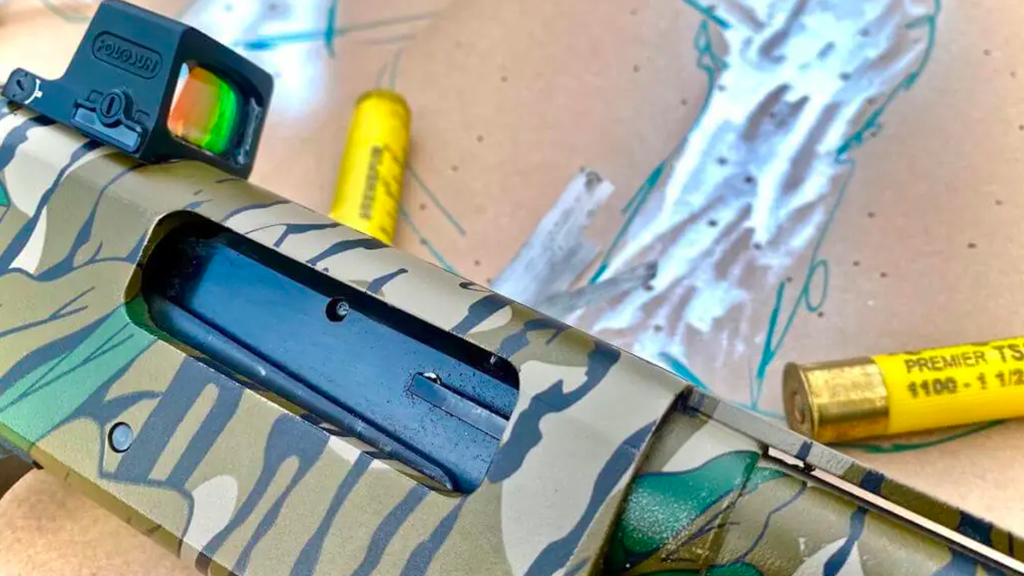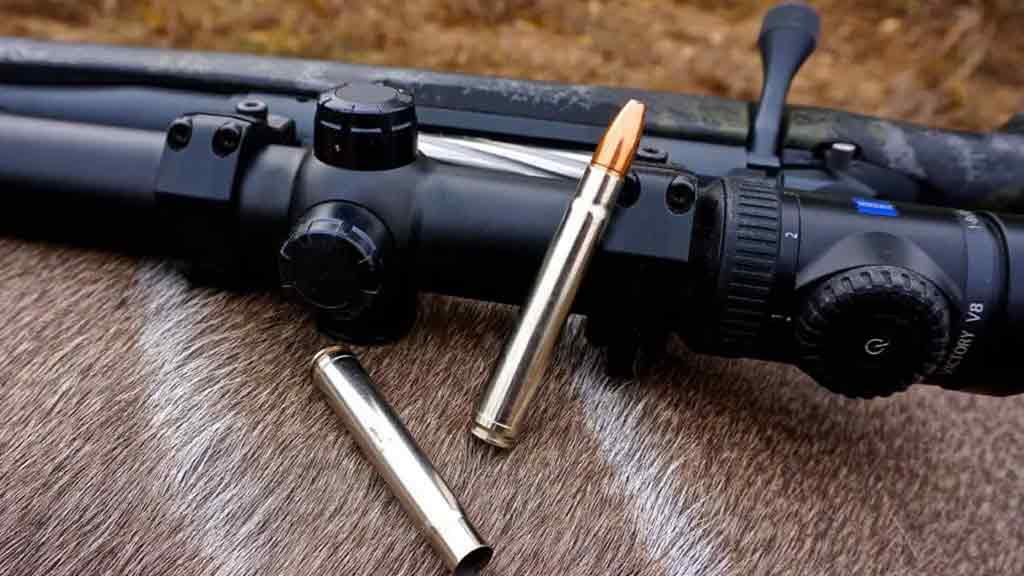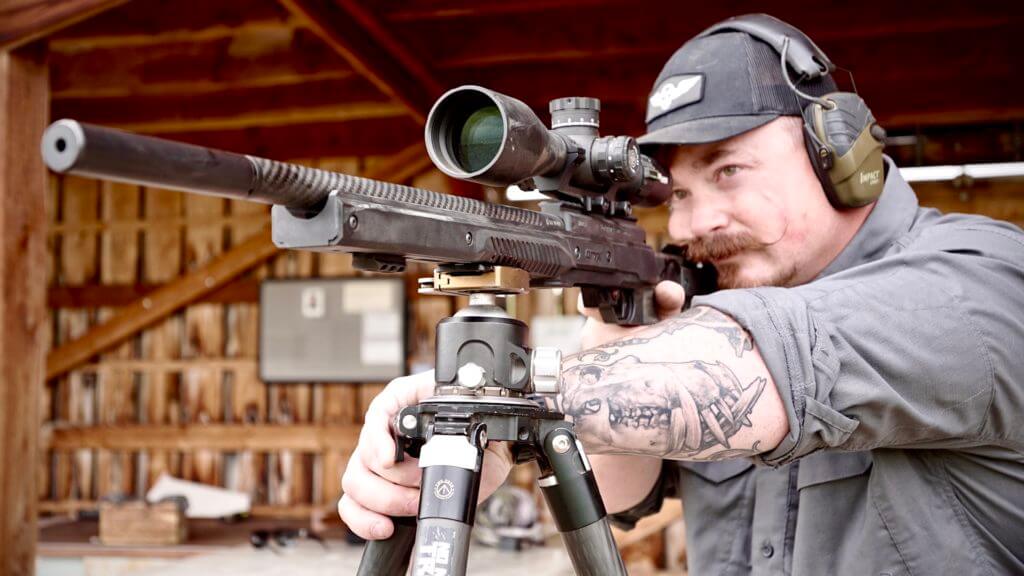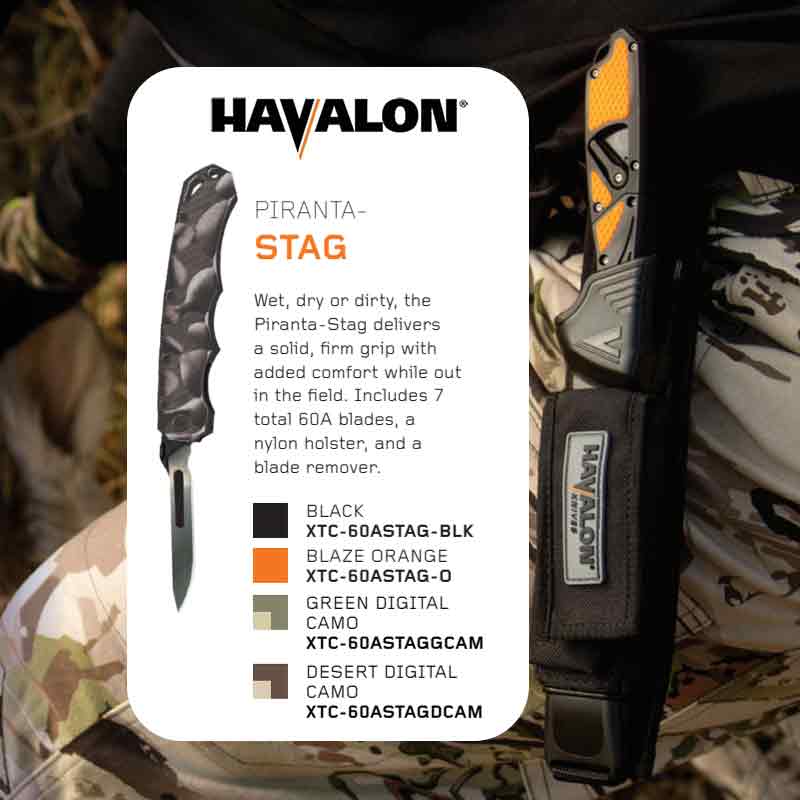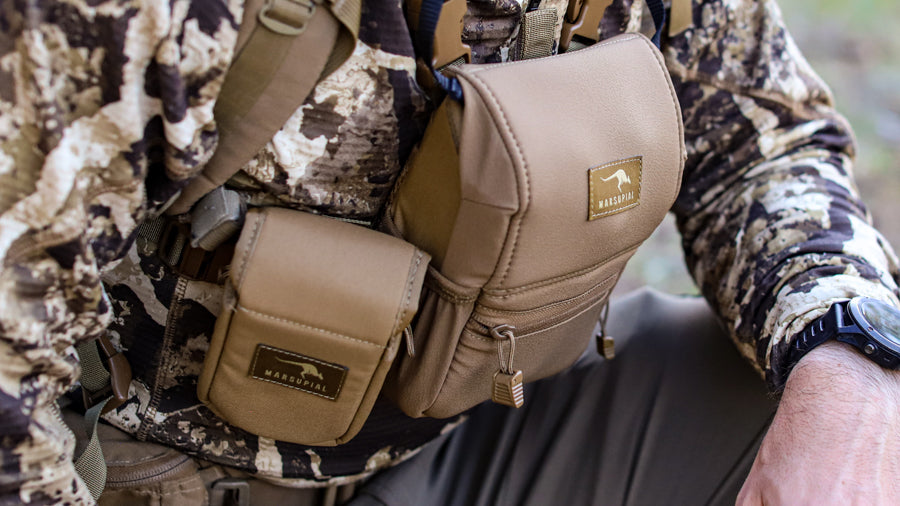Tested: Bushmaster’s 450 BOAR Rifle

Bushmaster’s newest rifle chambered for the potent 450 Bushmaster cartridge is surprisingly light, accurate, and affordable.
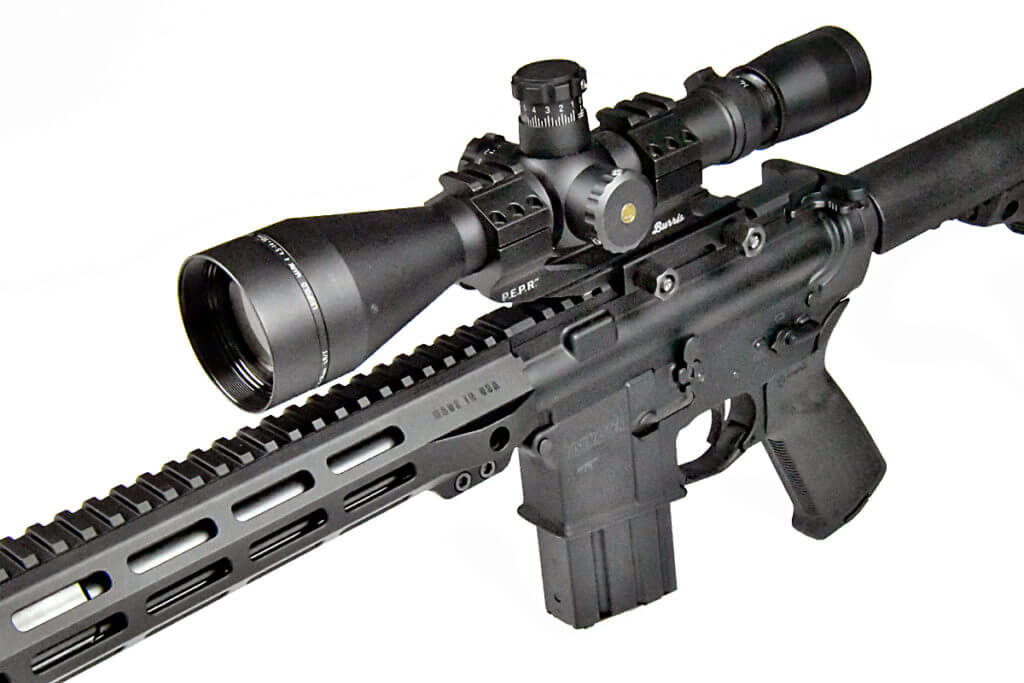
Bushmaster, one of America’s oldest manufacturers of AR rifles, died a quiet death three years ago. The then-parent company Remington stunned consumers by announcing that it would no longer produce Bushmaster firearms. Following Remington’s subsequent bankruptcy, Bushmaster trademarks were purchased by a holding company, and the company is back in a big way. Bushmaster now operates as an independent company in Carson City, Nevada, with a renewed commitment to quality control. That wasn’t exactly a strength during Big Green’s declining years.
Bushmaster currently offers 31 different models of made-in-the-USA AR rifles. Ample evidence of Bushmaster’s focus on quality can be found in the company’s newest rifle, the 450 Bushmaster BOAR (as in beast of a round). This rifle is built specifically for hunters, and as its name implies, the gun is chambered for the potent 450 Bushmaster cartridge, turning an AR-15 into a thumper of a hunting rifle for most North American game when used within the round’s range limitations.
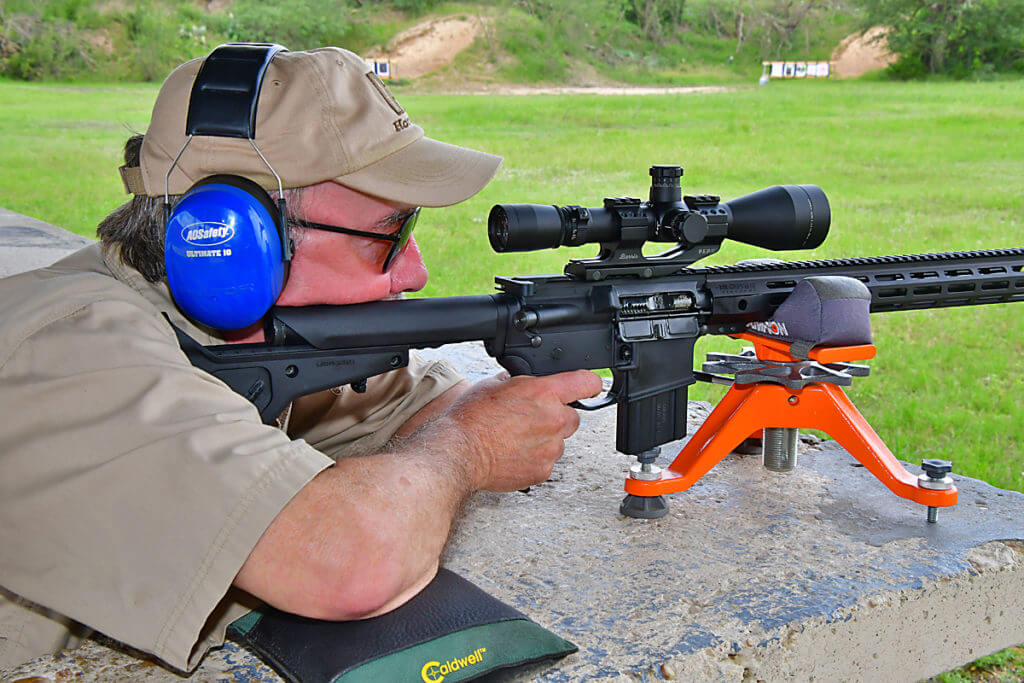
Built for Hunters
The 450 Bushmaster cartridge uses heavy .452-inch diameter bullets, mostly in the 245- to 300-grain range in factory loads, launched at velocities of 1,900-2,200 fps. These bullets will drop like rocks past 200 yards, but they pack more than enough punch inside that distance to handle just about anything that comes your way, excluding big brown bears or grizzlies. In this chambering, the new 450 BOAR rifle is a hog hunter’s dream. I would not hesitate to use it on black bears or other big game, up to and including moose, within a reasonable distance. The gun is certain to find favor with whitetail hunters in straight-wall cartridge states.
The rifle is built around a 7075 forged XM15-E2 lower receiver mated to a 7075 forged, modified A4 flat top upper receiver adorned with a Picatinny rail for mounting optics. The lockup between the upper and lower is nice and snug. Durability and corrosion resistance are enhanced with an MPI-tested bolt and salt bath nitride-finished bolt carrier group. All controls are in the standard locations and configuration, and the upper has a bolt-forward assist. The rifle comes with a sturdy and reliable five-round aluminum magazine.

